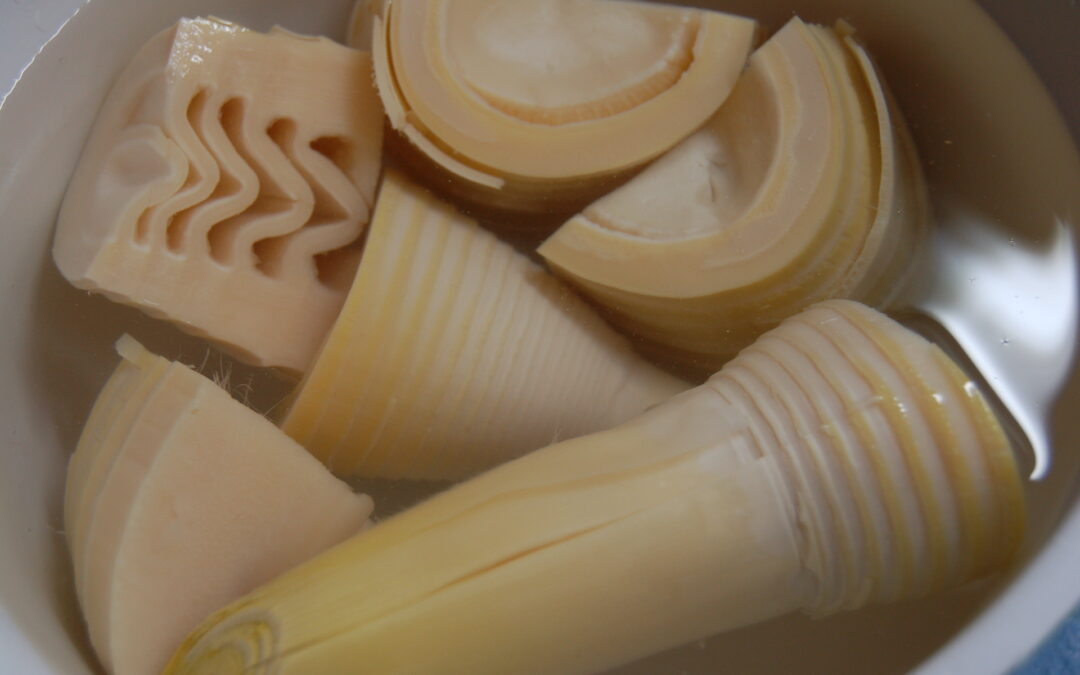
by Elizabeth Andoh | Apr 6, 2024 | Kitchen Culture, Summer
The moment in the culinary calendar when a food is at its seasonal peak of flavor is referred to as shün, and it is the driving force in most Japanese kitchens. Indeed, entire menus are planned around shün ingredients. In the spring, as tender bamboo buds begin to...
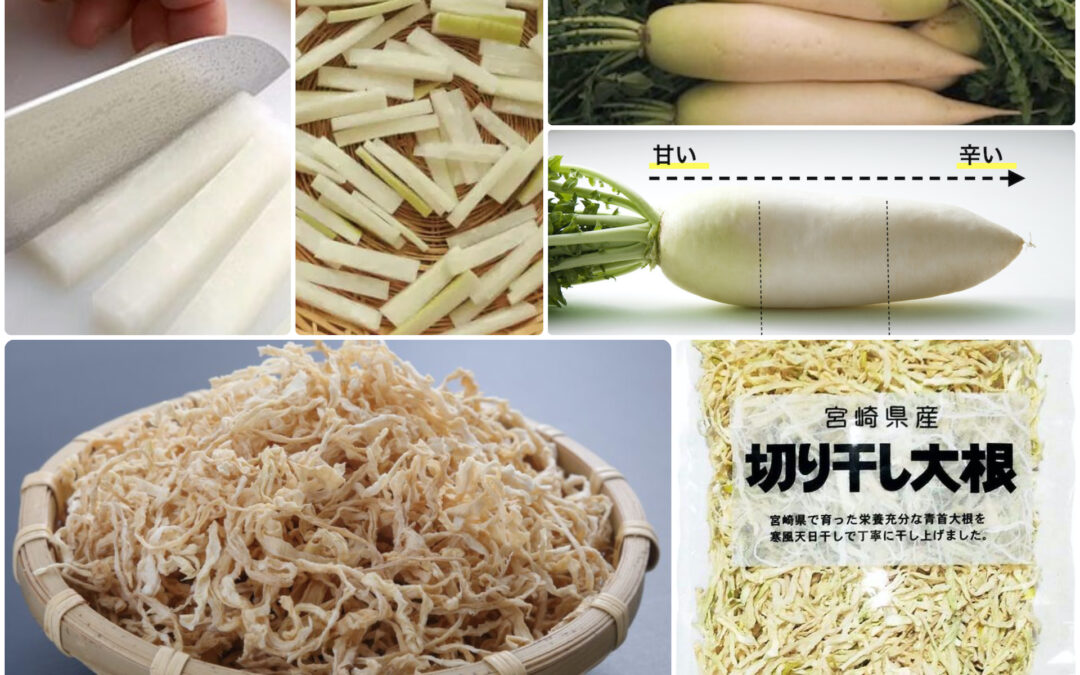
by Elizabeth Andoh | Mar 16, 2024 | Kitchen Culture, Year-Round
Before refrigeration became widely available, pre-modern societies struggled with keeping fresh food from spoiling. A variety of ingenious techniques were developed throughout the world, including drying fresh foods in well-ventilated shade. In Japan, the resulting...
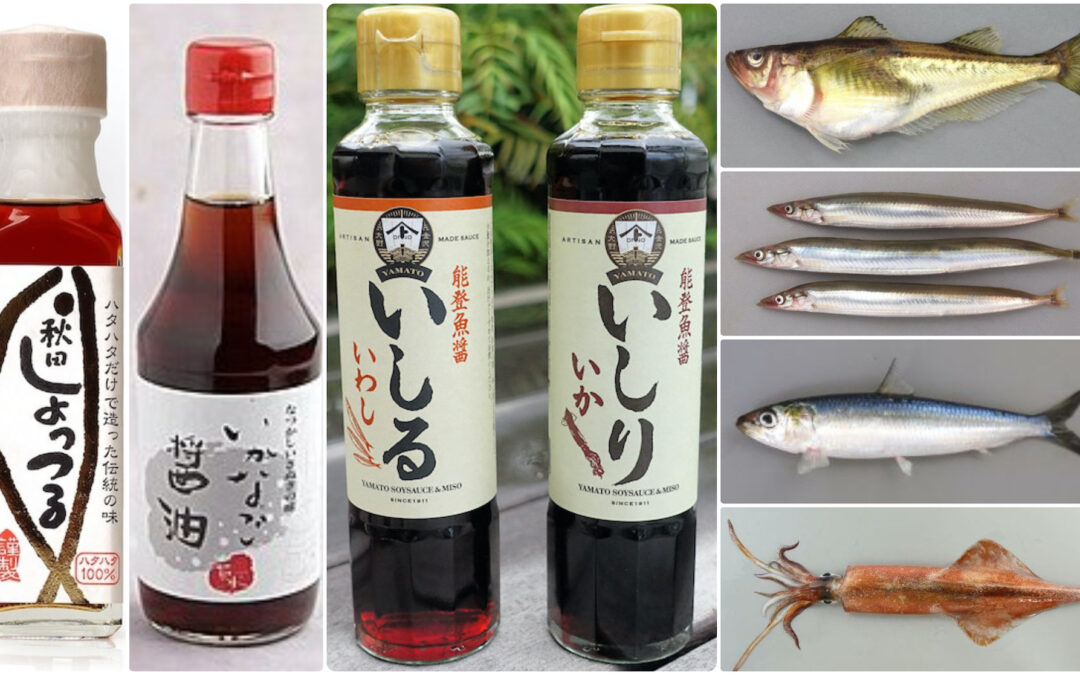
by Elizabeth Andoh | Feb 4, 2024 | Kitchen Culture, Year-Round
Fermented Fish Sauce 魚醤 Fermented fish sauces can be found in many parts of the world, most having been produced for thousands of years. It is unclear whether each was an independent “discovery” or whether they influenced each other by way of shared...
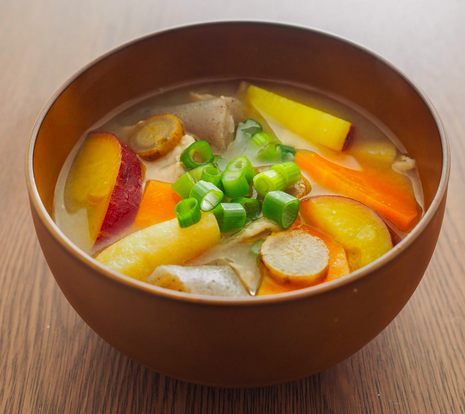
by Elizabeth Andoh | Jan 8, 2024 | Kitchen Culture, Year-Round
An Honorable Bowl of Soup The Japanese have several words to describe their ubiquitous soup seasoned and enriched with miso. The prosaic miso shiru 味噌汁 is a generic word meaning “miso-thickened broth” while miso ji-daté 味噌仕立て is a functional, culinary term...
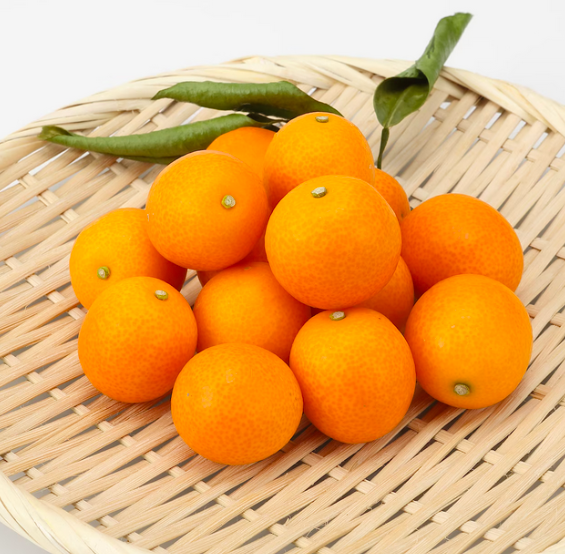
by Elizabeth Andoh | Dec 11, 2023 | Kitchen Culture, Winter
Kumquats are called kinkan 金柑 in Japanese, meaning “golden citrus.” The fruit is native to south-east China where they have been cultivated for hundreds of years, though the scientific name is Citrus japonica. There are dozens of varities of kumquats but...
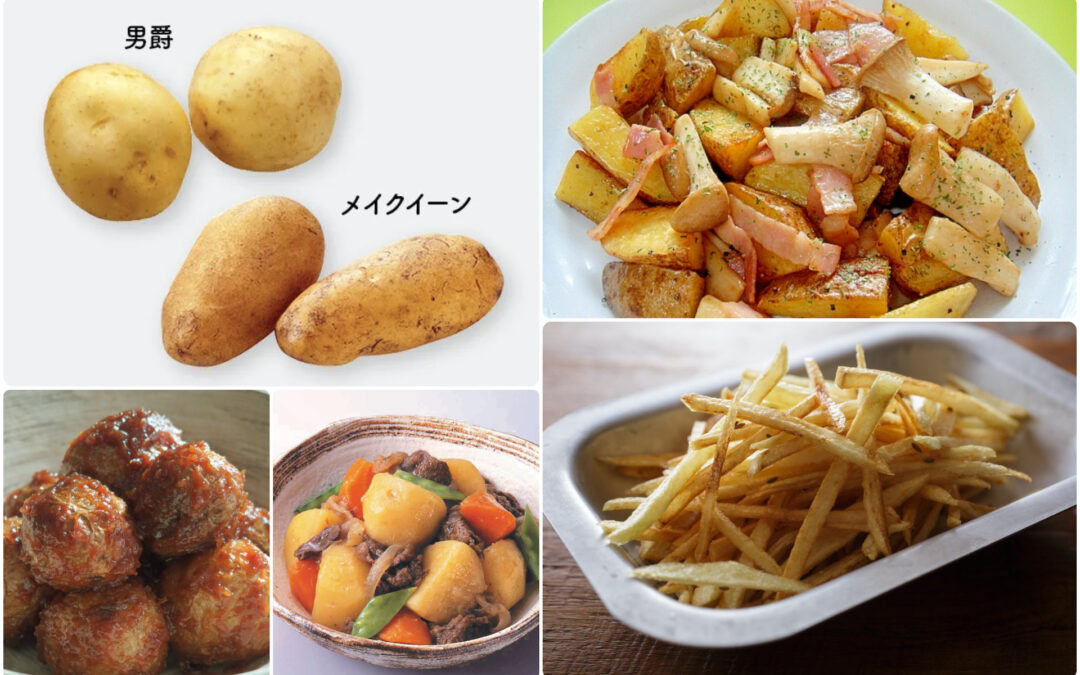
by Elizabeth Andoh | Nov 3, 2023 | Kitchen Culture, Year-Round
In Japan today, two types of Western-style potatoes are regularly enjoyed: mékuin (May Queen) and danshaku (“Baron”). The former was developed in Great Britain at the beginning of the 20th century and made its way to Japan via America shortly thereafter....
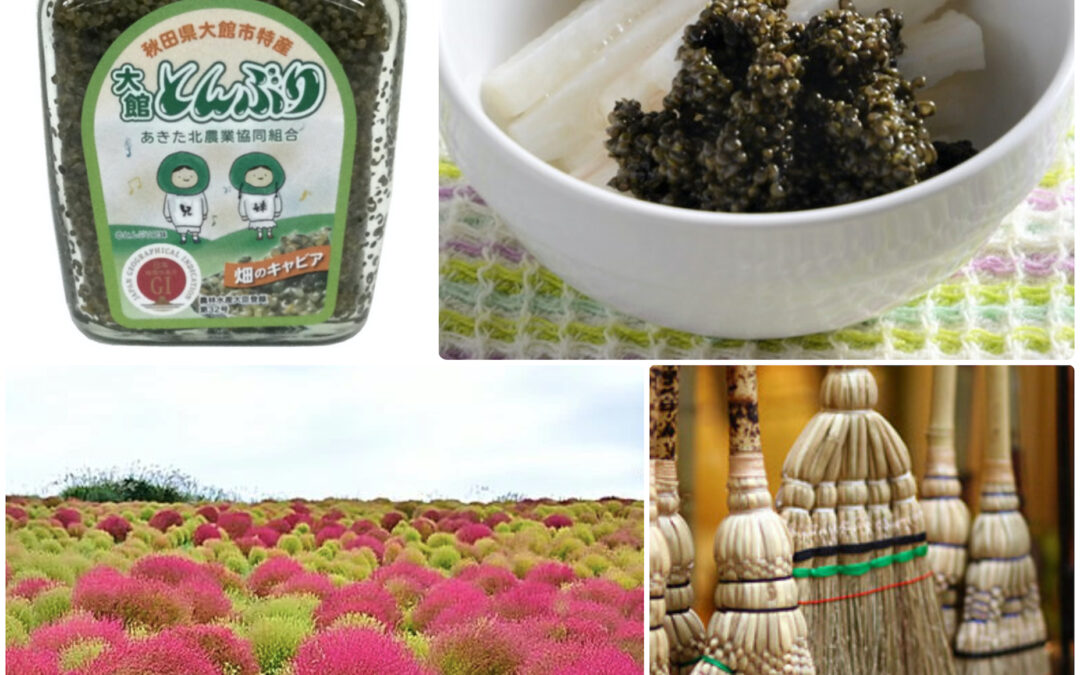
by Elizabeth Andoh | Oct 2, 2023 | Kitchen Culture, Summer
The Japanese eat a number of “unusual” foods, and TONBURI (とんぶり) surely qualifies as one of them. Tonburi are the seeds of Kochia scoparia/Bassia scoparia, also known as 箒草 hōki-gusa. Branches of the mature kochia plant are crafted into hōki brooms (yes,...

by Elizabeth Andoh | Sep 4, 2023 | Culture, Kitchen Culture
Farmers around the world deploy “scarecrows” to guard their crops from undesirable flying, crawling, and burrowing creatures. Japan’s kakashi 案山子 scarecrows that stand guard over rice fields tend to be more whimsical than frightening figures. Above, rice fields in...
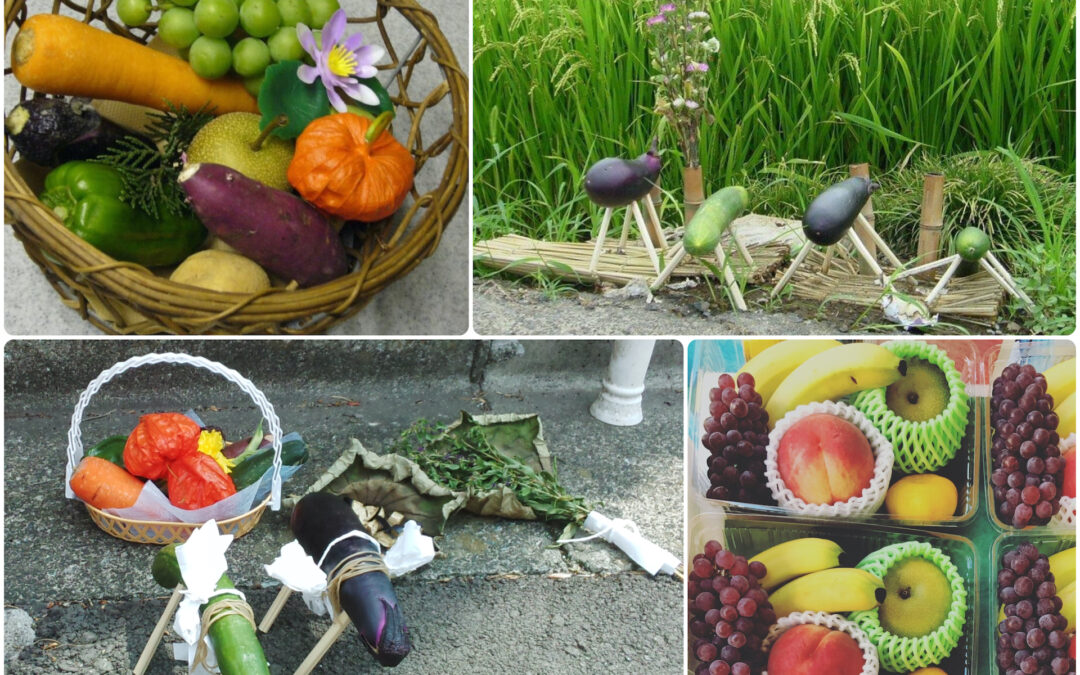
by Elizabeth Andoh | Aug 2, 2023 | Kitchen Culture, Summer
Rooted in Buddhist tradition and practice, Obon is the time when spirits of the departed are believed to return to this world for a short, annual visit. It is not a morbid occasion but rather a pleasant and respectful way for younger generations to stay connected to...
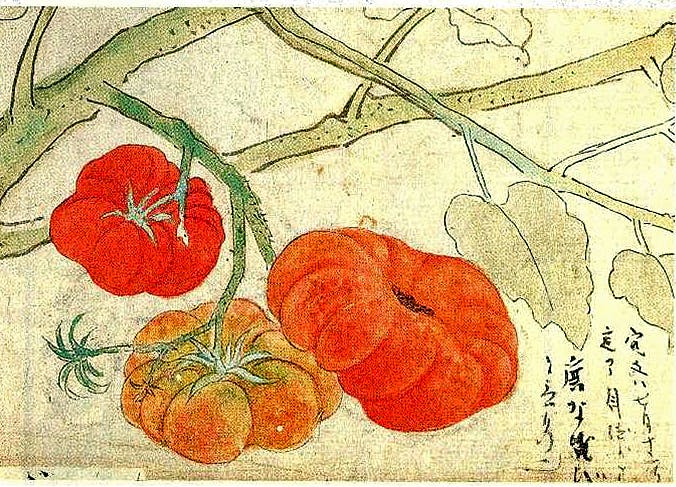
by Elizabeth Andoh | Jul 17, 2023 | Kitchen Culture, Summer
Originating in Mesoamerica about 7,000 years ago, tomatoes arrived in Japan early in the Edo period (1603-1868) having traveled the globe and being domesticated along the way. The first tomato plants in Japan were considered an ornamental — they were not...
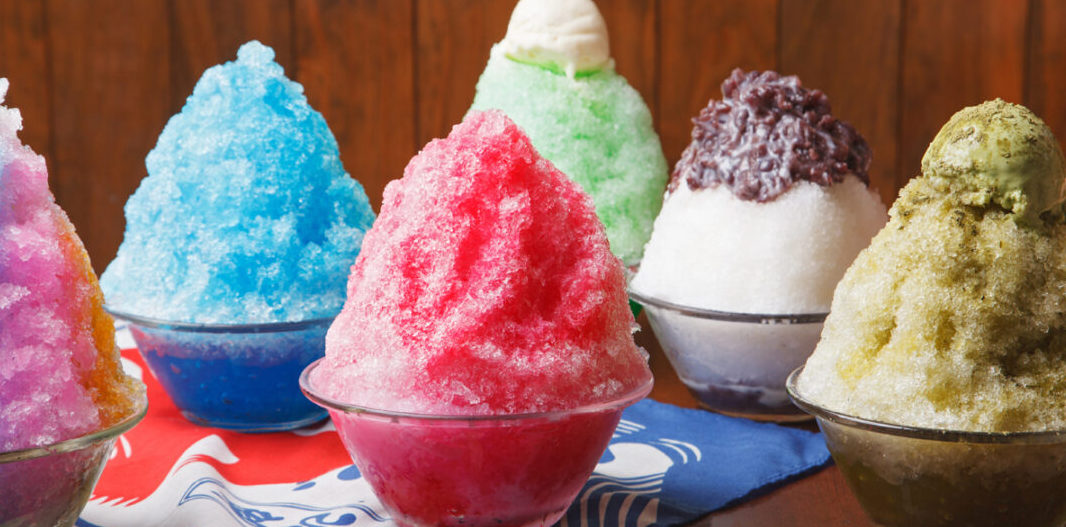
by Elizabeth Andoh | Jun 13, 2023 | Kitchen Culture, Summer
KAKI-GŌRI: Japan's contribution to Icy Confections Long before refrigeration was invented, people around the world went to great lengths to keep food chilled. The world’s earliest written record of such efforts is an Iranian inscription dating back to 1700 BC that...
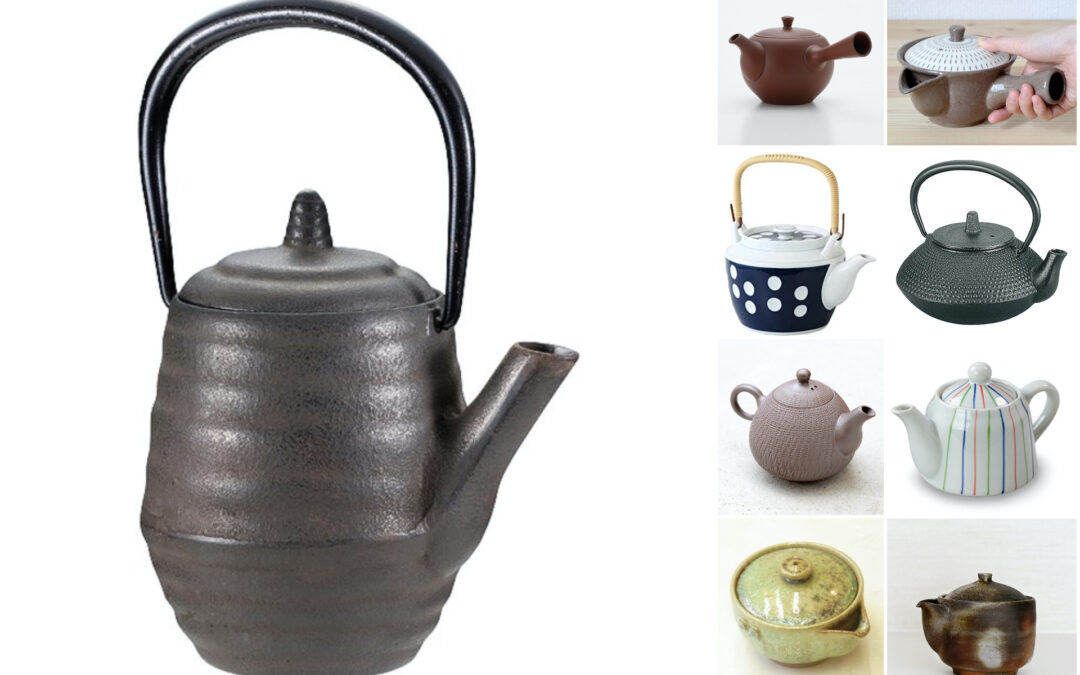
by Elizabeth Andoh | May 18, 2023 | Kitchen Culture, Year-Round
The Japanese use a wide variety of tools and vessels to prepare and serve food and beverage. This post is devoted to TEA POTS called KYŪSU 急須. They are typically small, used to brew just a few portions of tea (each about 100-120ml/scant 4 fluid ounces) at one time....
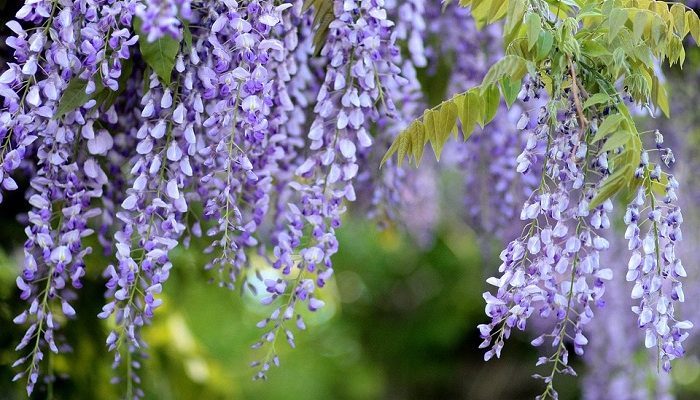
by Elizabeth Andoh | Apr 27, 2023 | Culture, Kitchen Culture
FUJI (Wisteria floribunda) A species of flowering plant in the pea family, fuji is native to Japan. In culinary matters, graceful wisteria vines inspire a seasonal motif for traditional wagashi confectionery. Fuji is often a symbol of longevity (plants have been...
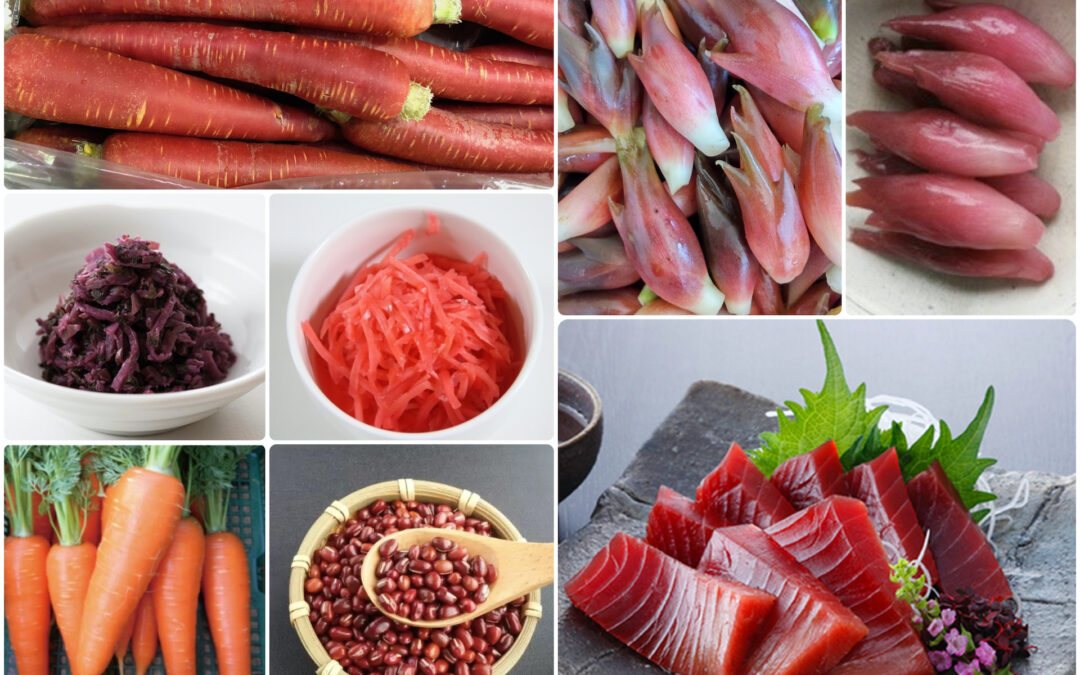
by Elizabeth Andoh | Mar 30, 2023 | Kitchen Culture, Year-Round
Foods in a wide range of hues are considered to be “RED” in the Japanese kitchen. To name just a few, there are (orange) carrots, (ruby-red) slices of raw tuna, (maroon) adzuki beans, (purplish) shiba-zuké eggplant pickles, (crimson) beni shōga (red...
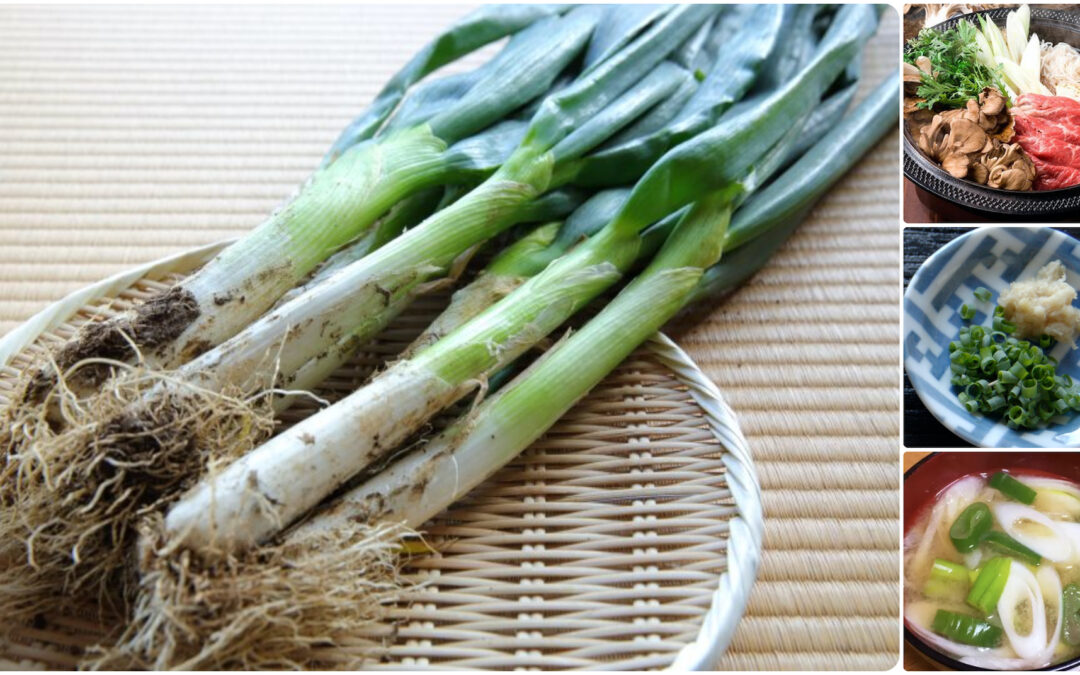
by Elizabeth Andoh | Feb 28, 2023 | Kitchen Culture, Year-Round
NAGA “long” NEGI “onions” (Japanese bunching onion; Allium fistulosum) have been enjoyed in Japan since the 8th century. They are indispensible in nabé (hot pot) cookery, as a condiment for noodles and tōfu, and in miso soup. Like other members of the allium family,...
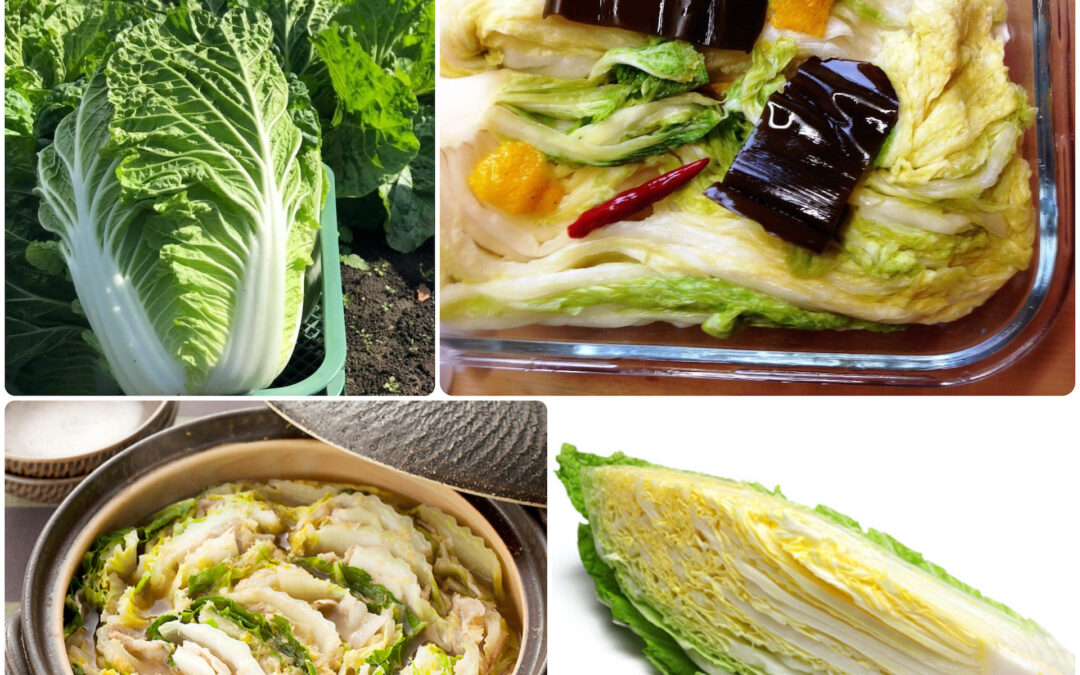
by Elizabeth Andoh | Jan 29, 2023 | Autumn, Kitchen Culture, Winter
HAKUSAI・白菜 Because hakusai is such a favorite wintertime vegetable in Japan, I assumed it had a long, deep history in Japan’s cookery. Not really. It seems that the original Brassica oleracea ancestor of hakusai is native to the Mediterranean region of Europe....
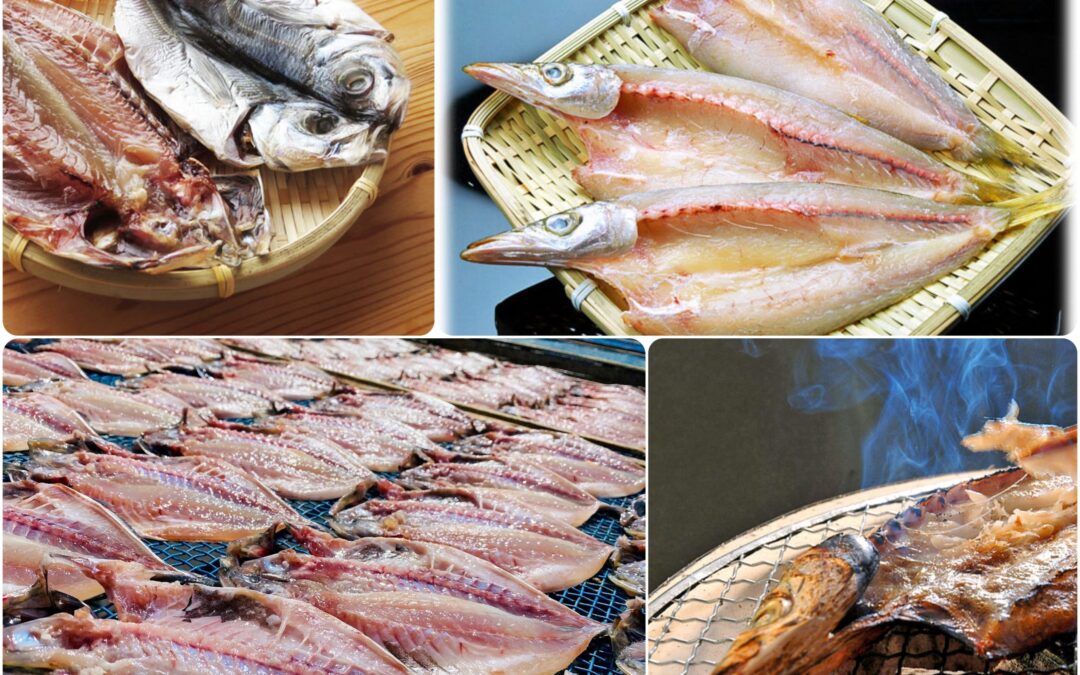
by Elizabeth Andoh | Dec 7, 2022 | Kitchen Culture, Year-Round
Ichiya-Boshi: Overnight-Dried FISH In the days before refrigeration, bountiful catches of fish were traditionally gutted, either split down the back or butterflied (belly-split), and dipped in sea water before being set out to dry in well ventilated spaces. This would...
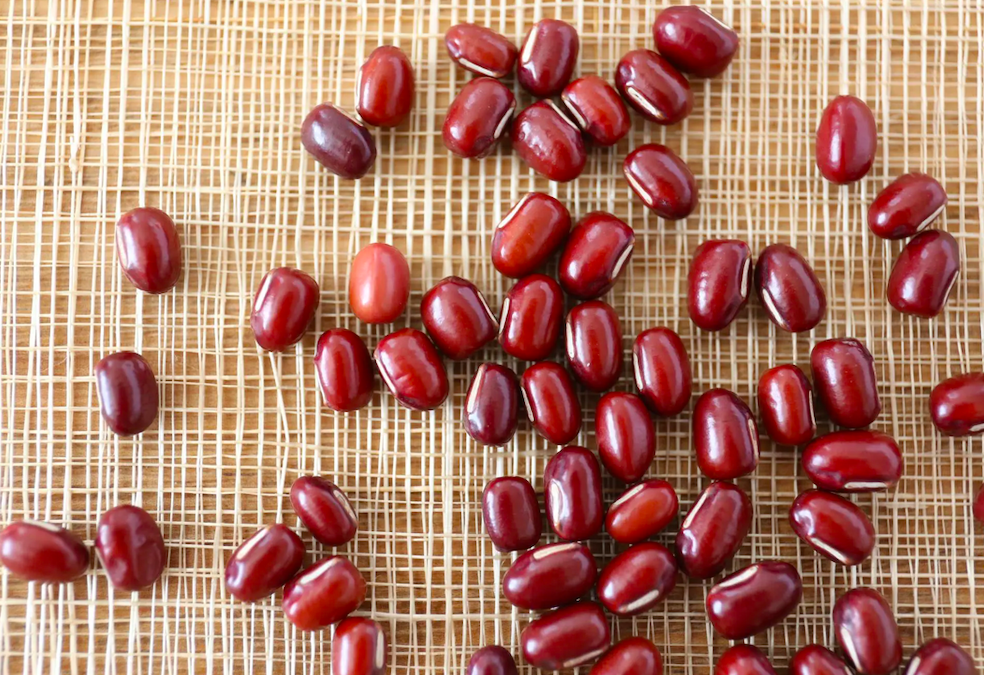
by Elizabeth Andoh | Nov 11, 2022 | Kitchen Culture, Year-Round
小豆・あずきADZUKI (Vigna angularis) Written with calligraphy for “small” and “bean” these diminutive (about 1/4-inch, less than 1 cm) red beans play an important role in Japanese cookery, appearing in both savory dishes and in sweets. There are...

by Elizabeth Andoh | Oct 10, 2022 | Autumn, Kitchen Culture
Four varieties of wild-caught salmon are commonly available in markets around the Pacific rim. Left, top to bottom + right: Sockeye (beni-zaké in Japanese) Coho (gin-zaké in Japanese) Chum (aki-zaké in Japanese) Chinook (kingu samon, in Japanese) 鮭・さけ・SAKÉ SALMON Fish...
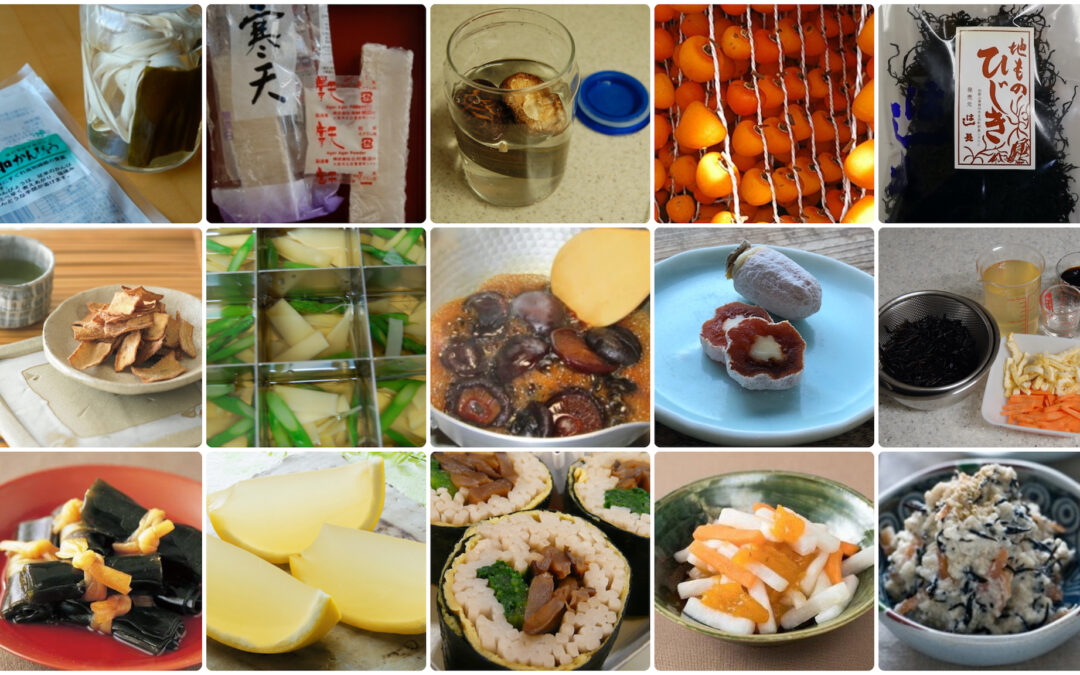
by Elizabeth Andoh | Sep 25, 2022 | Kitchen Culture, Year-Round
In the photo above, there are five vertical columns, from left to right: KAMPYO (soaking in water with kombu; deep-fried to make chips; used as an edible tie for kombu rolls); KANTEN (sticks and powdered form, made into a savory bamboo shoot and asparagus aspic, lemon...





















